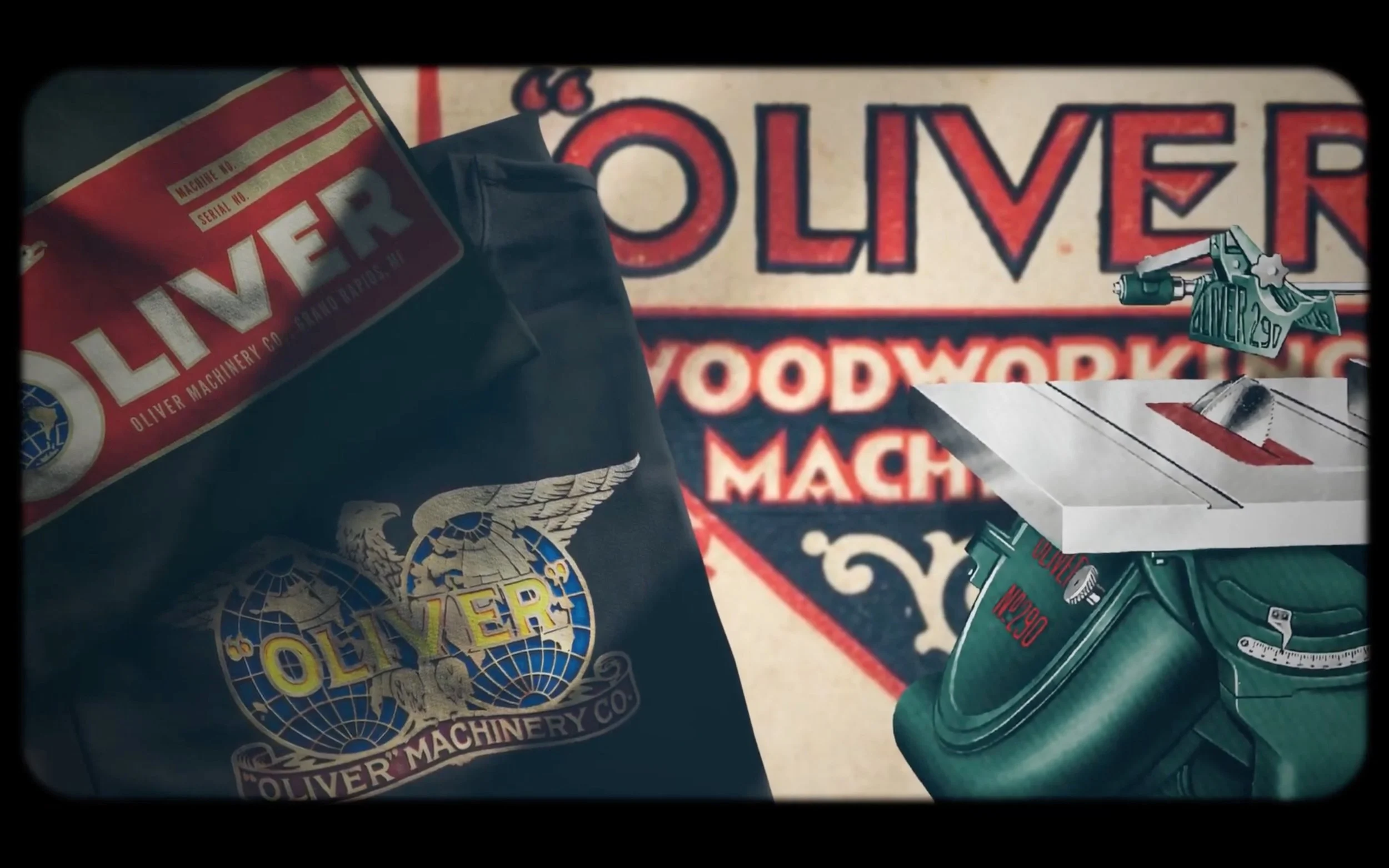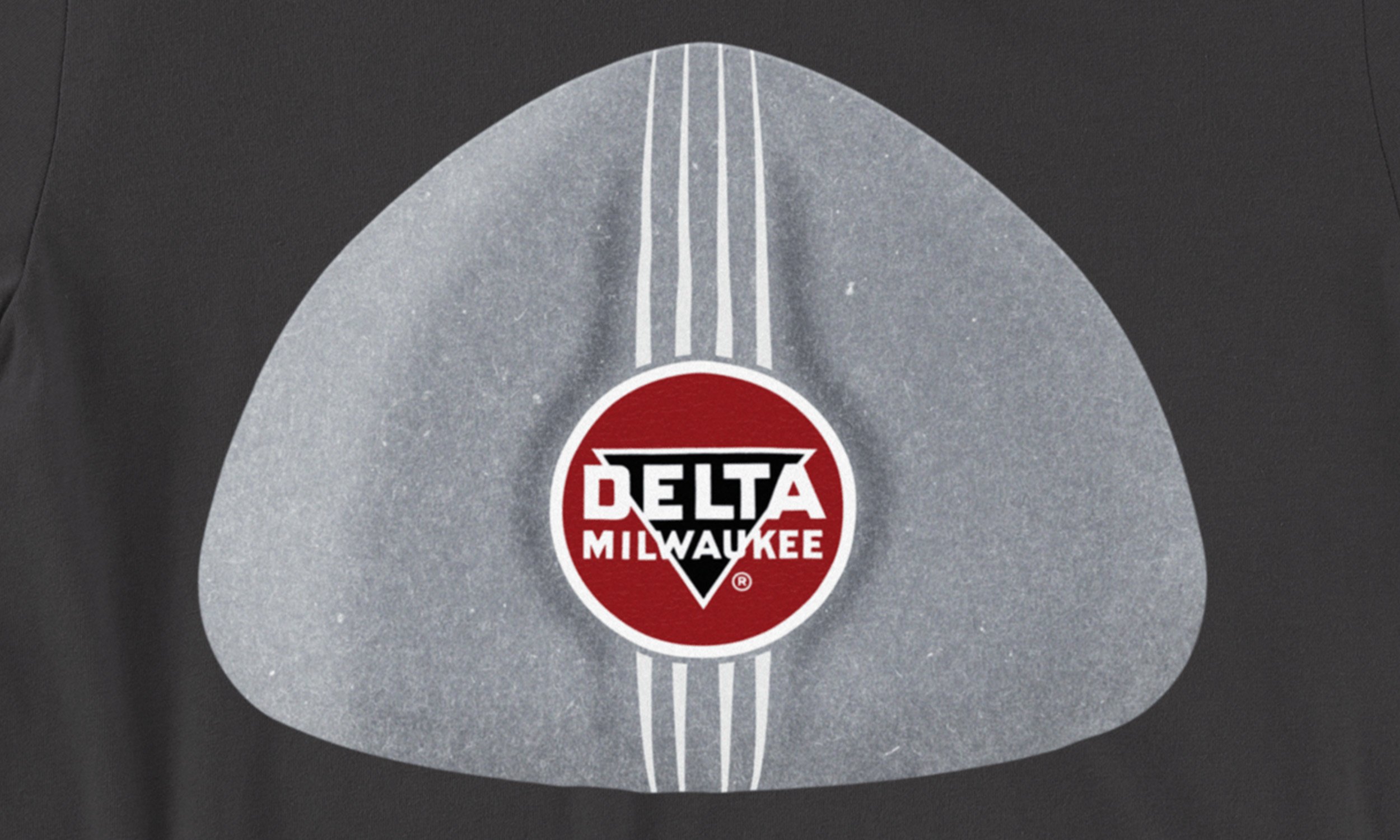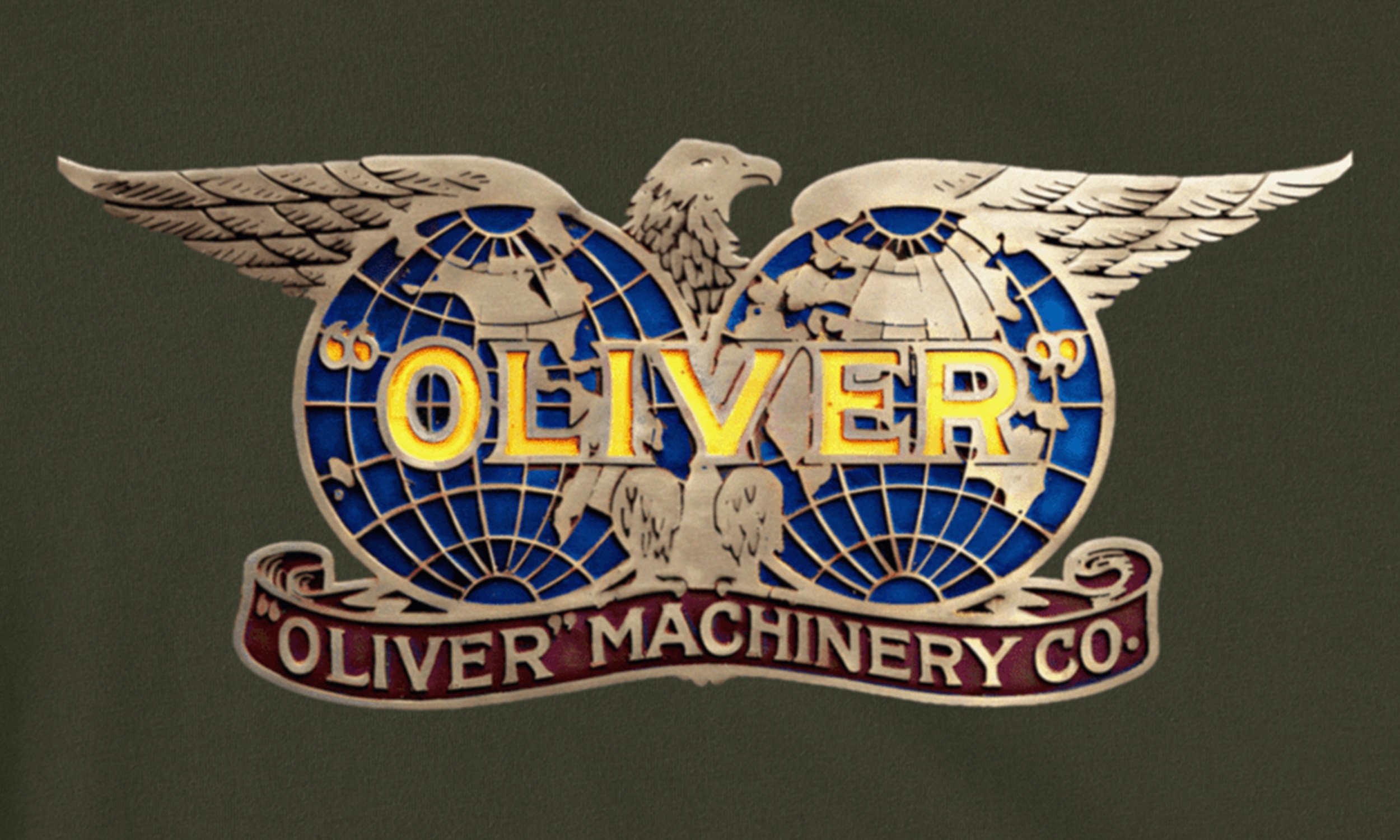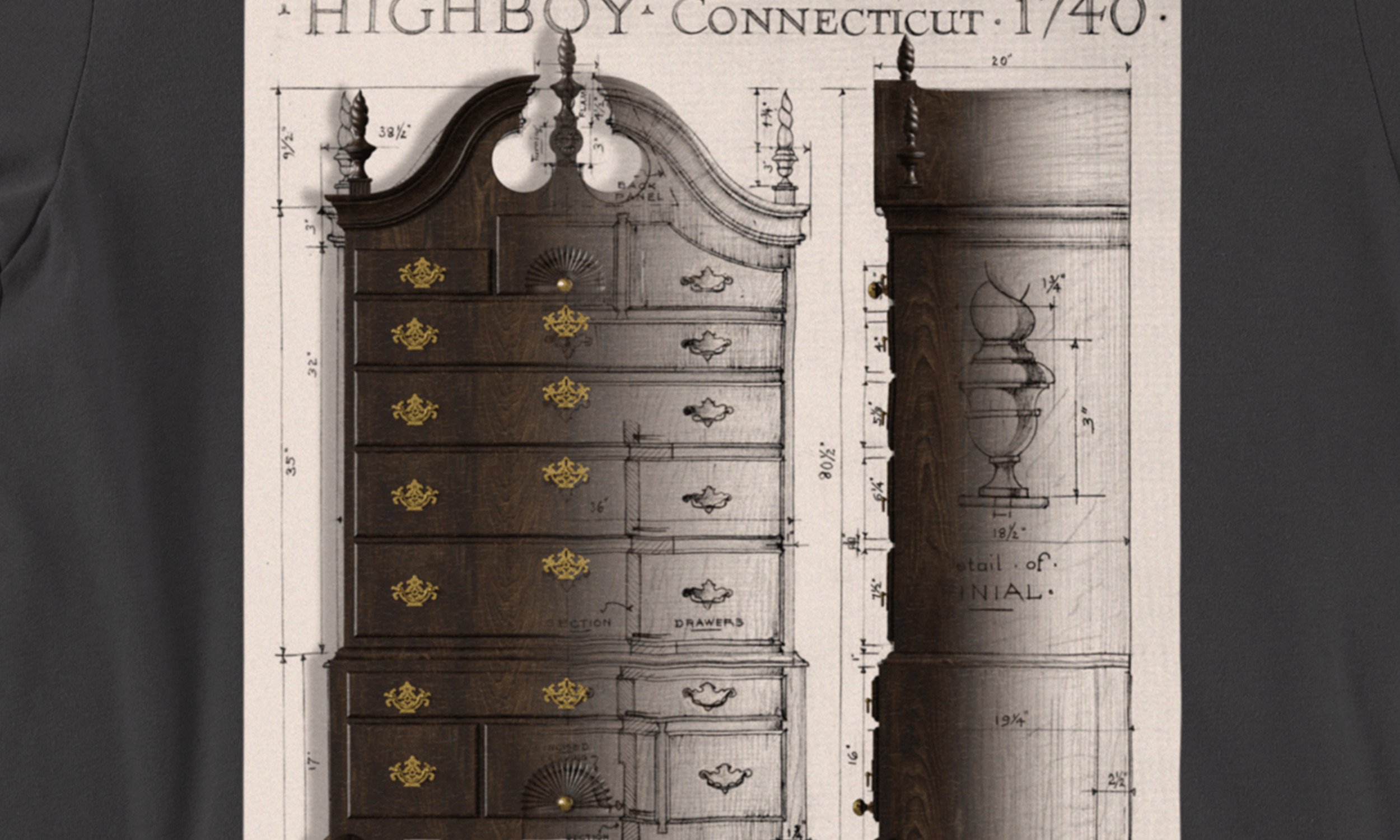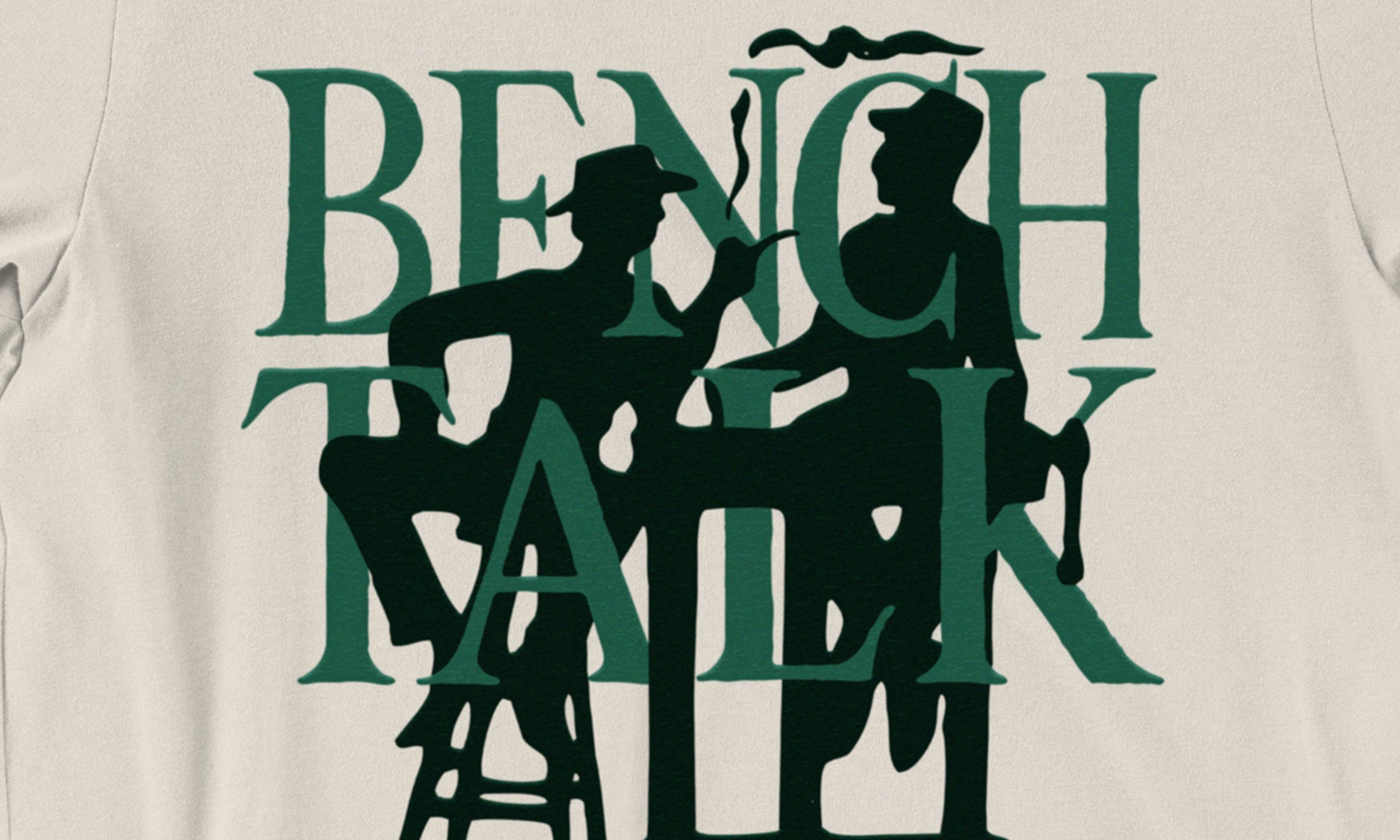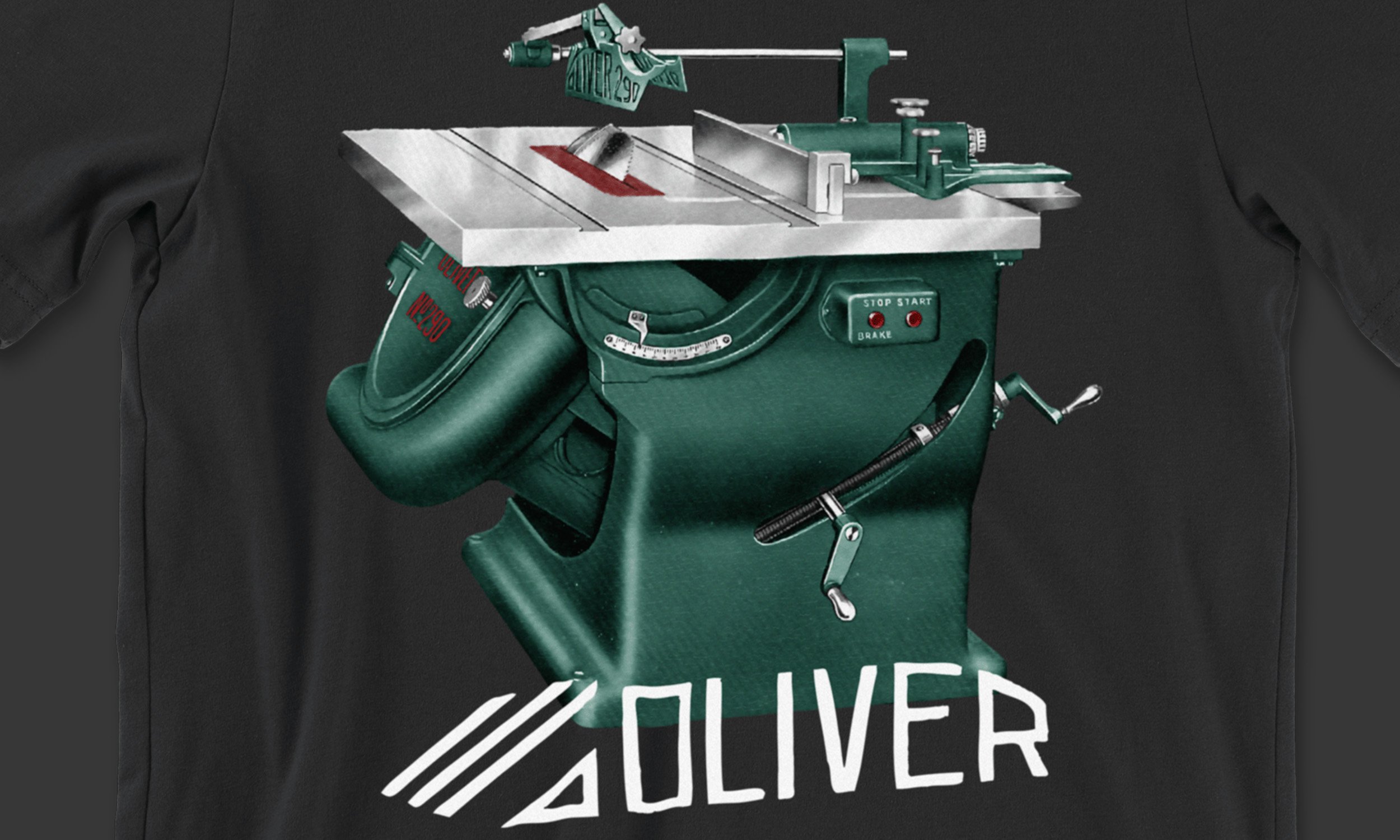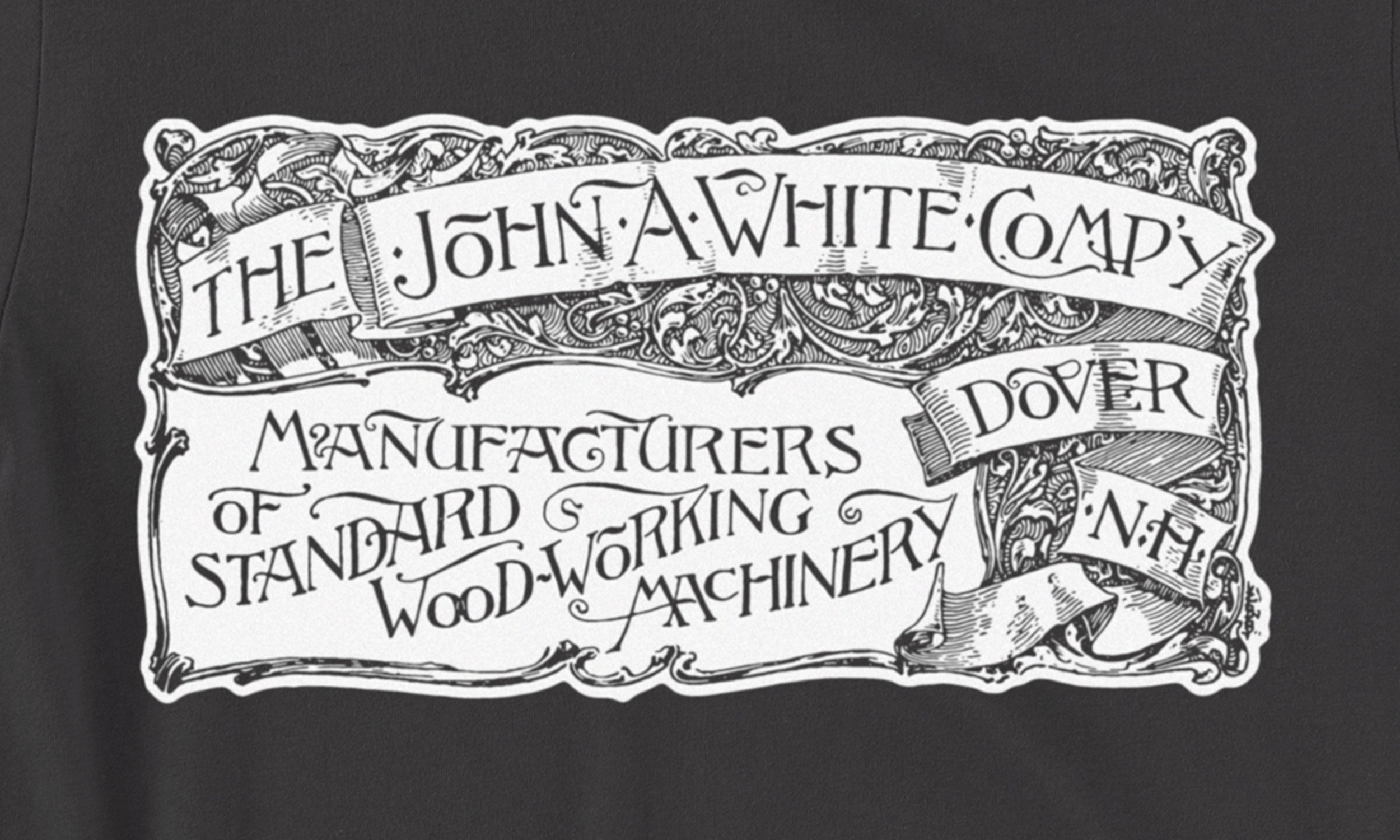Bringing back a century of timeless designs
While I started out just making “a few more shirts for the shop”… I kept at it for a few more.
Something over a hundred designs, for now. Factor in the color variations, that’s something over 1,000 distinct “wearables”. So, I guess I made a few more than a few.
Here’s a snapshot of the current line, showing each shirt & hat design on one (of many) color variations.
Mostly for my own enjoyment, I put together a quick video to show things off…
I’d created a set of these little scenes for many of the brands… which are collected as a sort-of “index” over on the main page of the Mr. Sawdust Shop — each one takes you right into the designs for the brand. If you’re curious about our charming narrator… he was created to speak words of my own — by constructing a synthetic voice model, trained on speech excerpts of a real 1960’s promotional film narrator who I particularly enjoy.)
While I’ve written a whole lot more on the details (you’ll find that further below) — I’m going to start with the ending here… since it’s more important, in the grand scheme of things…
“The dreaming is over.”
Thinking across the entirety and variety of my grandfather’s words – whether captured on tape, spoken to me when I knew him, jotted down by hand, punched to page on typewriter or painstakingly typeset-and-locked-up like the Madison Avenue ad-man he forever was — it’s difficult to choose any one thing as “the best words he left behind”. Gun to my head, the closing chapter of his book – After All is Said & Done – would be it.
There is, however, one piece of writing that brings itself right to the front of my mind at the times I need it – words he may have poured over for days, or typed out mindlessly between puffs on his pipe – this I’ll never know.
It’s from the closing page of a long-forgotten (and ultimately unsuccessful) investor presentation he’d created for a line of specialty tooling he hoped to bring to market. He wrapped it up with these lines, standing alone centered on the page:
As someone who spends an unreasonable portion of his life in “the dreaming”, in the working hard, and in the making of mistakes – it’s easy to miss that the product turned ideal somewhere along the way – and it’s as good a time as any to let anyone waiting know about it.
In that spirit, you’ll find everything over in The Mr. Sawdust Shop — even if you’re not buying a thing, enjoy it simply as a time-capsule of our endlessly interesting trade, and the unique makes & machines that have each left their mark on it across time.
Just the other day, I ordered 10 of these new shirts for myself – the ones I knew I wanted to wear as I was zoomed-in 800% staring at some segment of them on my monitor – tweaking bézier curves, kerning individual letters, getting some radius just right – going slightly insane – zooming back out to see it actually made a difference worth the momentary madness.
All that to say, I’m as eager to see these show up in my mailbox soon as I imagine some of you will be too.
— David
All the details you don’t need, but may enjoy…
All but a handful of these emblems are the result of untold hours transforming them from original reference imagery into infinitely scaleable vector artwork – or in the case of photographic/image-based designs – the highest-possible print-ready quality.
Combing through original brochures and sales literature from Archive.org, Vintage Machinery and other sources – I work with unprocessed master scans whenever possible – isolating iconic or otherwise fascinating emblems, lettering & design elements across more brands than I knew existed when I began. Each one cropped, cleaned, color-balanced, whatever got it back to its clearest useful form.
In almost every case, doing this was simply to arrive at a reference for recreating it in Illustrator. Among many others, emblems from DeWalt, Oliver & Delta were re-created entirely in this way. Brand color palettes were sampled and defined along the way. Whenever possible, typefaces true to the original were obsessively hunted until found. Period-accurate typography is a deep rabbithole entirely unto itself.
It’s difficult to explain the scope of just how much came out of this process – along the way I’ve compiled massive artboards to collect beautiful imagery for each and every brand & manufacturer I’ve researched. Literally hundreds. What I’ve released at this point to the shop is something like 30% of the full range of designs I’d ultimately like to revive and put back out into the world.
I should mention here that a select few emblems required almost zero work to be print-ready, thanks to their being shared (in glorious high-resolution) on the Vintage Machinery wiki. Just one example being the beautiful set of J.A. Fay & Egan crests found there – attributed to Neil B. & Ja'Nette Hill. Similarly, a number of Delta emblems – after a fair amount of vectorizing and typography tweaks – gave me a solid head start. As a way to bring all this full-circle, one thing I’d like to do when I make time is get some of my work on these emblems shared over there.
A handful of originals & adaptations…
A note on colors
Only the fabric/material colors that should “work” with, or compliment, each design are the ones I’ve made available. In many cases, that will come down to individual taste – but you won’t find any white emblems printed on white shirts, or anything similarly nonsensical. In many cases, I’ve created distinct designs for certain color shirts – to let the shirt fill out certain colors of the emblem, rather than leave that to the printing. One example would be this Delta emblem, when printed on Heather Red.
Enough about the “how” — here’s the “why” of it all…
What matters most to me is sharing a bit of the fascination I've found with this entire world that's come far before most of us — more than a century of machine history that's just waiting to be rediscovered. Most of my life before getting into woodworking and its machinery has been spent as a designer... one of those kids pushing Photoshop far too hard when it was still a baby at version 3. Everything in me is wired to respond to the best and the worst of design, copywriting, branding — and after spending the past few years diving deep and wide into the history of machinery and its makers — I'm just constantly reminded that when it comes to timeless design — just like these machines themselves — the absolute best to be found is often something that was dreamed up long before we were even born, or were old enough to care.
Mr. Sawdust himself knew this all too well. He wrote a bit along these lines in the closing chapter of his book (After All is Said & Done)…
Most of all, the woodworker must think more highly of himself than anybody else will ever think of him. He must study the history of his profession. He must become profound with his knowledge of old techniques, periods of furniture, what makes one design better than another. PROFOUND, not for the purpose of extolling facts and sounding or looking good—but for the simple, solid satisfaction of “being right”.
Neither is it a requisite that he be a designer. Not at all. The old, proven, indomitable designs will always be great. Learn to copy! Then improve. Constantly look for a way to improve, mostly in your own prowess as a woodworker.
To copy a contemporary design is like the “blind leading the blind”. It hasn’t passed the test of time. If you doubt whether that’s true, design something—then wait around for a couple hundred years and see how it turns out.
Copying is many times better.
I always say, “If you’re going to steal, at least steal from the king—not his vassal!”
Though he’s writing about furniture and craftsmanship, it all still comes down to what makes for “good design”, and why such design is timeless.
All of this is just a way to bring more of that timeless design back to the here and the now, and give it another life for all of us that still appreciate the best of an era long-passed by.
That’s all I’ve got to say for now. Head over in The Mr. Sawdust Shop for more.

